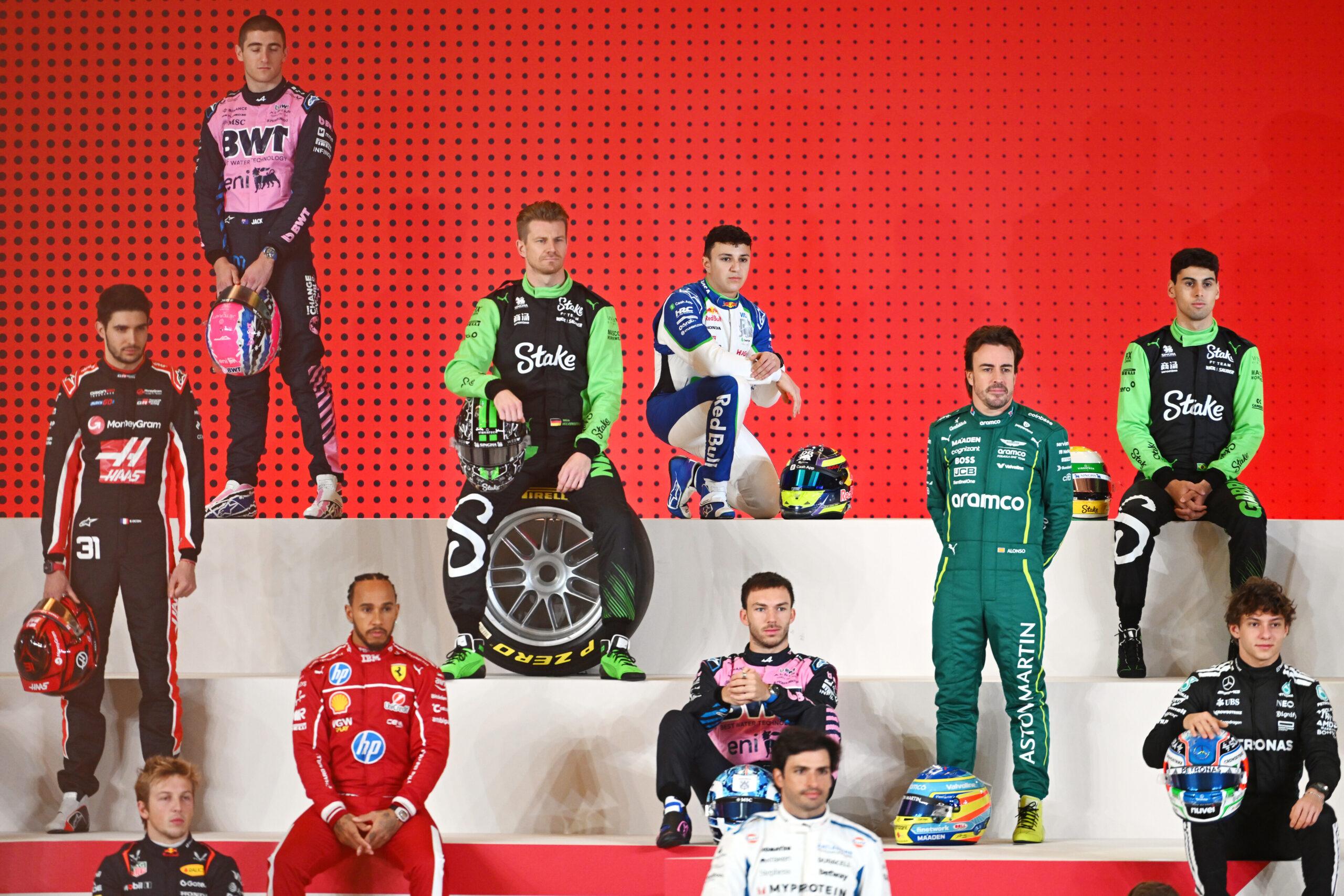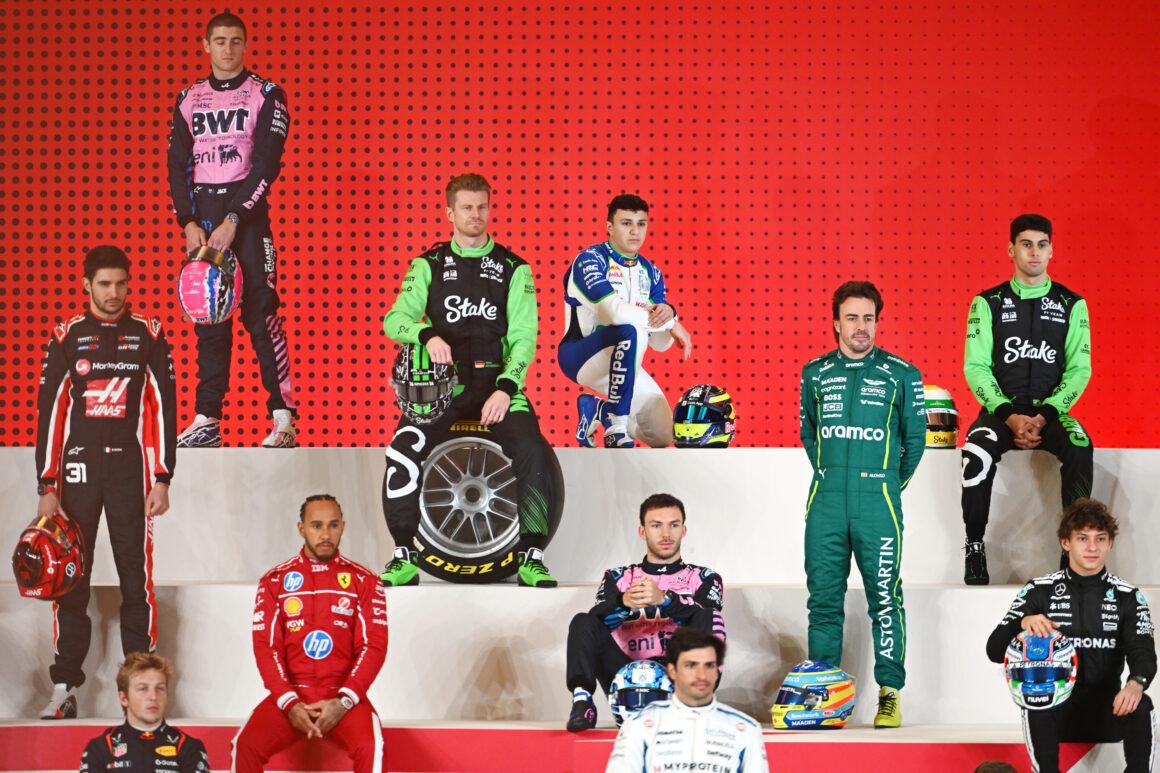Forget the fluff. In Formula 1, “bite” isn’t a vibe. It’s mechanical violence dressed as precision. When drivers talk about bite, they mean two things: the clutch’s bite point at launch and the brakes’ initial stopping force when they stamp the pedal. Get either wrong, and you’re a rolling chicane. File that under: Yikes.
The bite point decides whether your start is surgical or embarrassing. Brake bite decides whether your corner entry is heroic or a lock-up highlight reel. Miss both? The competition? Reduced to expensive spectators—watching you fall backwards.
Clutch Bite Point: Where Starts Are Won, Lost, and Meme’d
The bite point is the exact moment the clutch plates engage and torque hits the rear wheels. In F1, it’s micrometer territory, because multi-disc carbon clutches don’t play nice. They’re built for savage loads over short durations, not Sunday cruising. Precision or chaos—no middle ground.
Drivers don’t have a foot clutch. They’ve got two paddles behind the wheel. One is set to the bite point, the other controls the full release. When the lights go out? One quick snap to the preset point, then a smooth feather on the other paddle. Classic choreography. Mess it up and you stall or spin your tyres into confetti. Another masterclass in how NOT to launch.
How the Paddles and Setup Actually Work
The left paddle is tuned to hit the preconfigured bite instantly. The right paddle is your finesse tool—slow release to manage slip. Teams spend the weekend running practice starts, gathering data on track temp, clutch temp, tyre grip, and surface evolution to lock the bite in. Lights out and away we… oh wait, the software already dialed it.
Conditions shift. Carbon clutch friction changes with temperature and wear. That’s why engineers adjust the bite in software. Drivers can tweak behavior via steering wheel controls if allowed—useful when the track goes from grippy to skating rink in ten minutes. Somewhere, a PR manager just had a minor stroke.
Why Bite Point Is a Ruthless Time Gain
A perfect bite point balances traction and wheel slip. Too shallow? You bog. Too deep? You roast tyres and go nowhere fast. The launch phase is short, brutal, and makes or breaks track position. Miss Turn 1 rhythm, and you’re stuck in DRS purgatory. Did Ferrari strategists forget how to count laps? Again?
On pit-exit launches, the same logic applies. Cold tyres, weird grip, traffic. You need that bite to be predictable, or you’ll gift positions like it’s Christmas. Grab your popcorn—someone always overcooks it.
Brake Bite: The First Punch of Every Corner
Brake bite is the initial deceleration when a driver stamps the pedal. Drivers want it sharp, strong, and consistent. That first hit sets the whole corner up—braking point, turn-in, apex, exit. Get it wrong and you compromise everything down the line. The plot thickens like the excuse list after a lock-up.
F1 brakes are brutal. Six-piston calipers at the front, monstrous carbon rotors, and no ABS. Drivers hit up to 5G decel. They’re standing on that pedal—over 100 kg of force—yet modulating like concert pianists. Violence and finesse. The sport in a nutshell.
Rear Brakes: Where the Wizardry Lives
The rear axle isn’t just hydraulic brakes. It’s a three-way brawl between brake calipers, engine braking, and MGU-K harvesting. Brake-by-wire blends them into the exact retardation the driver demands. It’s complicated because performance and safety demand it.
Lose the BBW? The system fails safe to pure hydraulics. But when it works, it enables brake migration—dynamically moving balance front-to-rear as pressure changes. More front on turn-in for stability, more rear toward apex to rotate. That’s how you trail brake like a demon without looping it. Schumacher vibes—minus the success part if you botch it.
Temperature: The Frenemy of Bite
Discs can scorch past 1,000°C. Too hot? You get fade—less friction, longer stops, tears. Too cold? No initial bite. Drivers weave behind the Safety Car and use brake-warming modes to hit the window. At Monaco, cooling is a nightmare. At Canada, heavy stops cook rotors and nerves alike. The wind played favorites today—apparently it’s a brake duct fan.
Brake ducts are a trade-off: bigger for cooling, worse for aero. Teams dance on a knife-edge. Overcook it, and the heat soaks tyres and kills grip. Underdo it, and your brake bite disappears when you need it most. File this under: Yikes.
Lock-Ups, Modulation, and Why You Saw Smoke
Lock-ups are common because F1 bans ABS. At 300 km/h, aero downforce means massive grip—hard to lock. At 80 km/h into a hairpin? Easy to overdo it. That’s why drivers hit hard initially, then bleed off pressure as speed drops. Technique or tyre smoke—choose one.
A front lock-up ruins the tyre, flattens lap time, and invites overtakes. A rear lock-up? That’s a spin audition. Drivers live on the edge, every braking zone, every lap. This is where legends are made—or afternoon strolls to the gravel are scheduled.
Starts vs Braking: Two Kinds of Bite, One Brutal Truth
The clutch’s bite decides launches. The brakes’ bite decides lap time. Both rely on feel, setup, and conditions. And both are merciless. A great starter with weak brake bite just becomes a rolling roadblock. A late-braking god with a poor launch spends 20 laps staring at a rear wing. The competition? Reduced to expensive spectators—unless you’re the one stuck behind.
Regulations have limited on-the-fly bite point coaching before, but the fundamentals haven’t changed: preset mapping, driver finesse, and data-driven setup. When it rains, the rain shows up like that friend who always causes drama at parties—and bite becomes roulette.
Signature Moves You’ll See When Bite Is Dialed
Classic Alonso late-braking—the move that makes rivals question their career choices. Hamilton’s hammer time—RIP to everyone’s lap times. The ol’ Verstappen divebomb special—warranty void where prohibited. They work when brake bite is clean and stable. When it isn’t? Hello, gravel trap.
On starts, a perfect bite lets drivers thread the needle through Turn 1 chaos. Too safe and you’re swamped. Too aggressive and you’re smoke, wheelspin, and regret. Lights out and away we… oh wait, someone jumped the start of their misery.
Key Takeaways: Bite Without the Buzzwords
- Clutch bite point: exact engagement moment—critical for starts and pit exits.
- Brake bite: sharp initial decel—sets up the entire corner.
- Conditions change bite: temperature, grip, wear, and track layout all matter.
- Systems help: BBW, brake migration, data-driven bite point mapping.
- Driver feel finishes the job: modulation wins, panic loses.
Master bite and you control chaos. Miss it and you’re collecting disappointments like they’re Pokemon cards. Your move, maestro.

